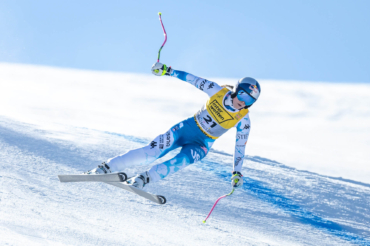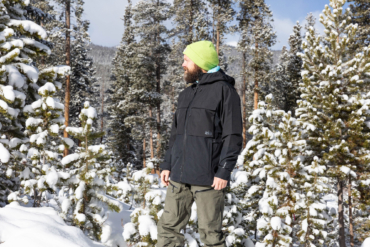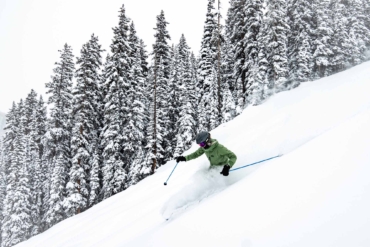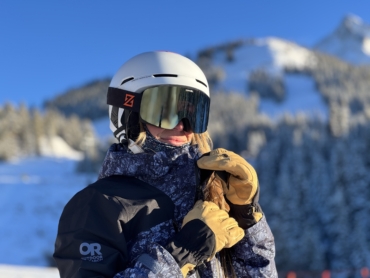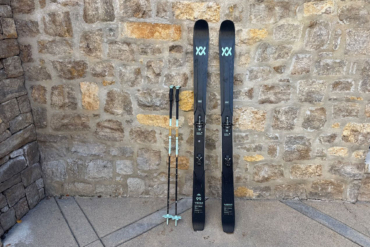The biggest snowboarding brand in the world just gave retro bindings a major face-lift.

Burton last month unveiled a new boot-to-binding interface it heralds as the “next evolution” in snowboarding, the Step On system, in Vail, Colo.
Step-in bindings are not new to snowboarding. They allow snowboarders to simply step into the binding and push down to attach quickly, with no strap adjustments needed. But due to performance issues like involuntary release and poor responsiveness, many assumed they’d gone the way of the dodo.
Now, Burton has revamped the system over an intense three-year development.
Step On System: How It Works

Burton’s Step On bindings are only used with compatible boots. For men, the Photon and Ruler boots, and for women, the Felix and Limelight boots.
Each boot has three connection points, two toe cleats and one heel cleat, which snap into corresponding hooks on the binding. Simply step in and you’re ready to ride.
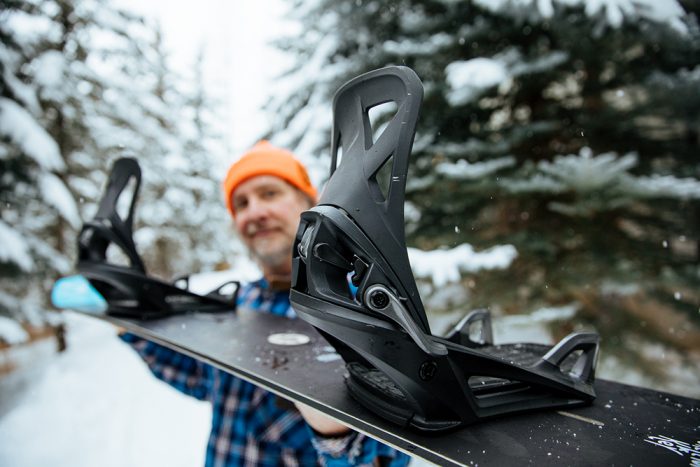
Once you’re done slaying the gnar, pull up the release lever on the heel cup of the binding, let it go, and the boot is released. Step out and the handle is immediately reset and ready to be clipped again.
Benefits For Snowboarders

Burton touts quickness, as it shortens the time spent strapping into the snowboard. Step in quickly, go snowboarding, have fun, step out easily.
Secondary is power and board control. The locked-in feel of the binding means a clean power transfer from legs and feet into the board, whereas traditional bindings may flex and shift. It’s claimed as a responsive feeling.
Transworld Snowboarding’s Taylor Boyd tested the system at Vail and found that “the benefit of this locked-down feel is response, especially toe-to-heel.”
“I’m not sure the stiffest, most expensive traditional binding with a carbon highback parallels the response time offered by the Step On system,” he said. “I also feel the system has the ability to improve performance on landings. I was able to ride away from stuff where I might have gone over the nose in my normal bindings.”
Negatives
We’ve not gotten our hands on these yet, but a lot of people share similar concerns about step-ins. First and foremost is clipping in when during deep snow. When powder gets deep, especially when warm and wet, it can really clump up in bindings like this. Time will tell if this is an issue.
Another major concern is that the boots and bindings aren’t compatible with other systems. This will be a problem for rentals, as well as consumers who want to ride various setups through a season.
Step On Bindings: Who They’re For
Chris Cunningham, Burton’s VP of Product, understands the reluctance the consumer may have to returning a product long since thought of as passé. But that won’t stop Burton from going after everyone, from the novice to the grizzled veteran snowboarder.
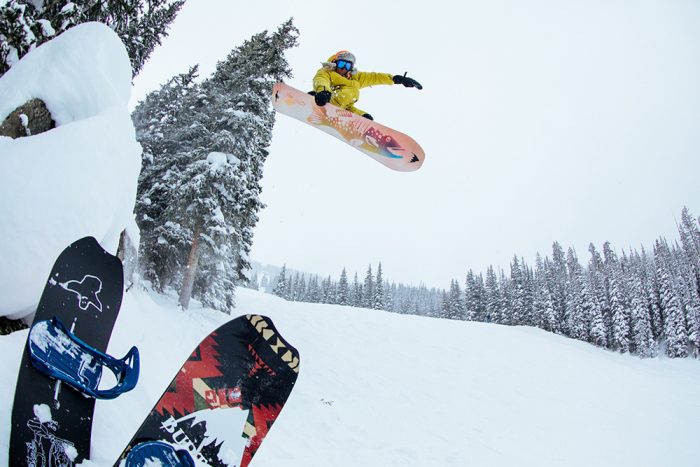
“It will be geared toward everyone,” Cunningham said. “A generation that never saw step-ins back in the day are now seeing this. Wheels are turning on one-footed tricks. It’s really interesting. Then there’s the family dad who wants to keep up with skier buddies, and wants to be able to keep up with their kids.”
Burton’s challenge will be to counter the bias toward step-on technology. If the juggernaut brand can prove the bindings are equal to or better than existing bindings, this could be the wave of the future.
The Burton Step On binding and corresponding boots will be available next fall and cost between $250 and $400.

